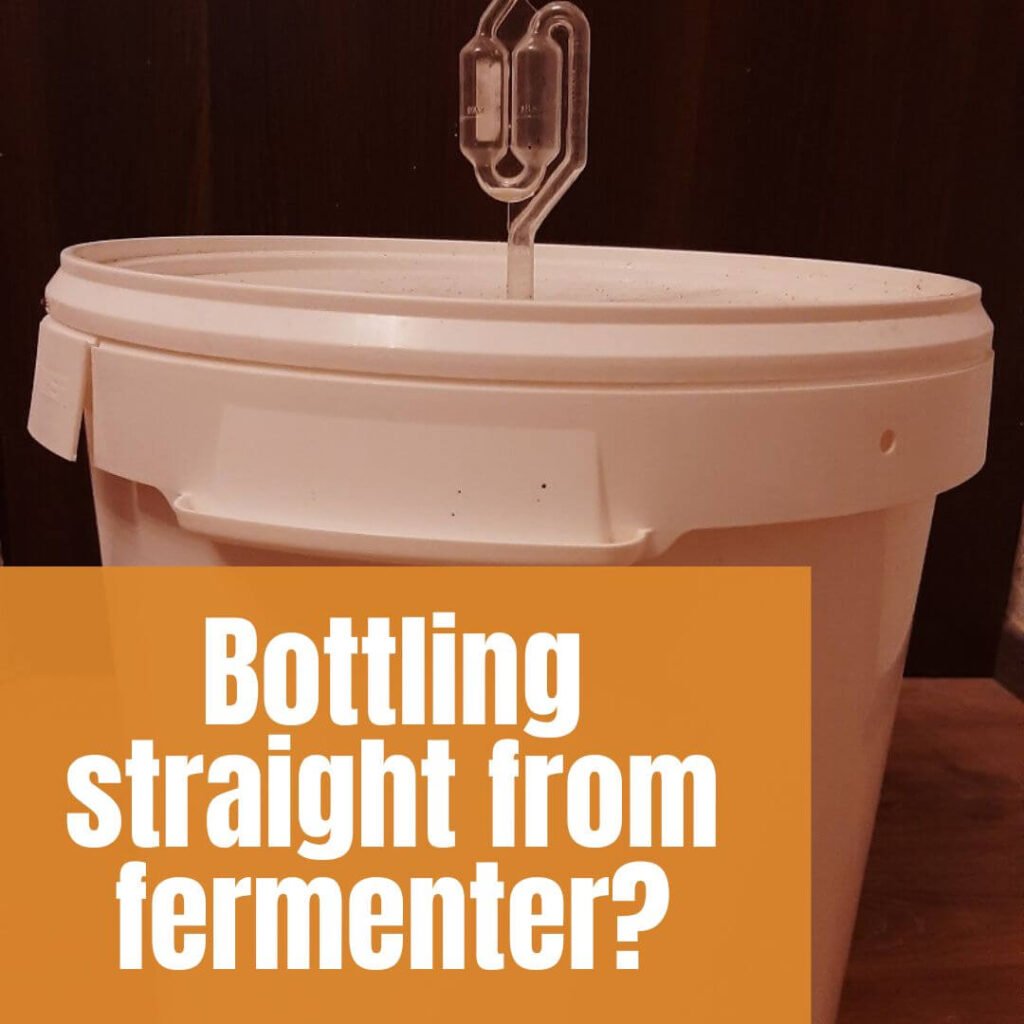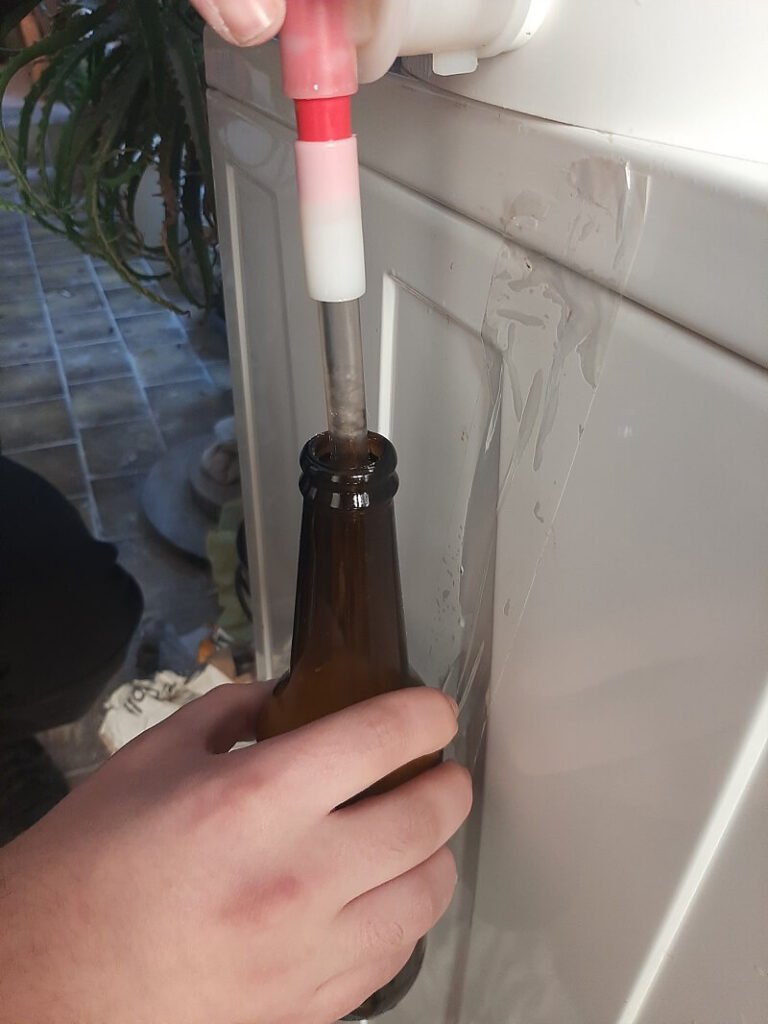
Bottling is the fun part for some and misery for others, but lots can be done to make this step as seamless as possible. The homebrew ferments in the primary fermenter and it’s possible to bottle straight after the fermentation completes which brings the question can you bottle straight from the fermenter?
You can bottle straight from the fermenter by using a siphon or if the fermenter has a spigot you can use a bottling wand. It’s not necessary to rack to a secondary fermenter for bottling purposes. Bottling straight from the primary fermenter will however introduce more sediment into bottles.
I am a believer in simplifying things without losing on quality and in homebrewing there are many instances where you can adapt the method and still brew excellent beer, meads, wines, or whatever your heart desires.
Use a bottling bucket as a fermenter
If you are racking from the primary to a secondary fermenter then the secondary fermenter should have a spigot which technically makes it a bottling bucket as you will bottle straight from it.
However, you can even ferment in the bottling bucket as every fermenter with a spigot is capable of being used for primary fermentation. This can allow you to bottle straight from the primary fermenter when the homebrew is complete and you won’t have to rack it to a secondary.
Yes, there will be extra sediment in the bottles which is not ideal but most of the sediment will end up in the last 6 bottles or so while others will be less impacted (talking about a 5-gallon batch), and if you let the bottles sit upwards in the fridge and don’t disturb them when you pour them you can avoid lots of sediment.

Let the homebrew sit in a primary before bottling
If you decide to bottle straight from the primary, you’ll also want to not rush things and let the homebrew stay in the fermenter even after you are certain the fermentation has been completed.
Fermenters are used for fermenting, storing, and conditioning homebrews, so there’s no reason to hurry the process and reduce its conditioning time. If you bottle from the primary and let the homebrew condition in the bottles you’ll have good results, but prolonged sitting in a fermenter has a serious impact on brews, especially on beer.
When the homebrew is bottled, the fumes can no longer escape from the brew, and as such certain chemical reactions are no longer possible.
One is the diacetyl rest in which the beer is left in the fermenter at a slightly higher temperature (68F°) for a few more days after the fermentation is complete because this is when harsh alcohol presence will mellow or disappear.
This is one reason for prolonged storage in primary but anything that benefits from fumes leaving out of the airlock follows the same logic.
Another reason I have on my mind is that a high sediment layer at the bottom can also be beneficial for homebrew as yeast particles don’t only ferment sugars into alcohol and Co2 but are also involved in other actions such as balancing the imperfections which may be present in homebrew. If yeast can overwhelm the bacteria responsible for contamination it certainly can overtake other negative compounds.
Yeast is a good preservative and it’s good to keep it in a finished homebrew for just a bit longer as a part of conditioning which can be done in bulk when you use big fermentation containers. I’ll try to back up this statement with more studies in the future, but I know what’s been working great for my homebrews, so please take it into consideration as it certainly won’t hurt your brew but may be very beneficial.
After all, one thing we know for certain is that yeast has one of the mandatory roles in the later conditioning of the beer. This is the reason why commercial breweries often pasteurize their bottles prior to putting them on shelves as the beer won’t continue to condition and they’ll guarantee the same product every time. If this weren’t the case, some beers may condition more than others while waiting for customers to buy them and the beer wouldn’t be the same under the mandatory standards the customers expect.
You can cold crash prior to bottling
It’s likely that there’s still plenty of sediment in your homebrew while in primary and lots of it is still floating and not fully dropped at the bottom. Although the homebrew will further condition in bottles and drop the remaining sediment at the bottom you can speed up this process by introducing a minimal amount of sediment into bottles in the first place.
Cold crashing works every time and while secondary fermentation may be a better choice for cold crashing, nevertheless, it’s doable in the primary fermenter prior to bottling.
By quickly chilling the homebrew you’ll naturally filter lots of sediment from the homebrew and assure a cleaner final product when you pour it into the glass. Additionally, it will allow for fewer mistakes when it comes to dealing with bottles as less sediment will be able to get back into the homebrew if you accidentally shake them up.
